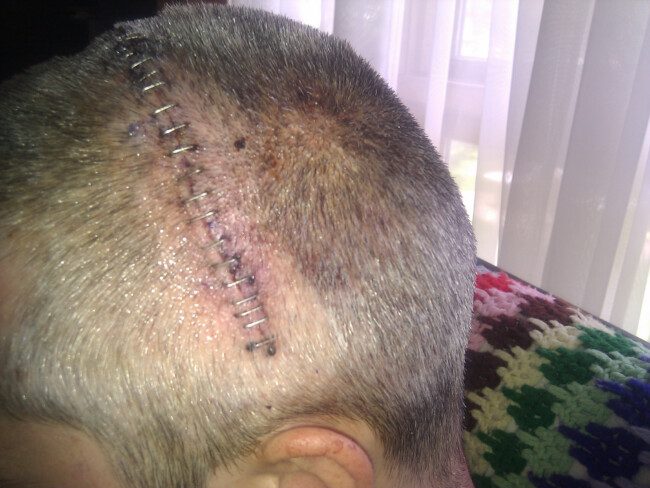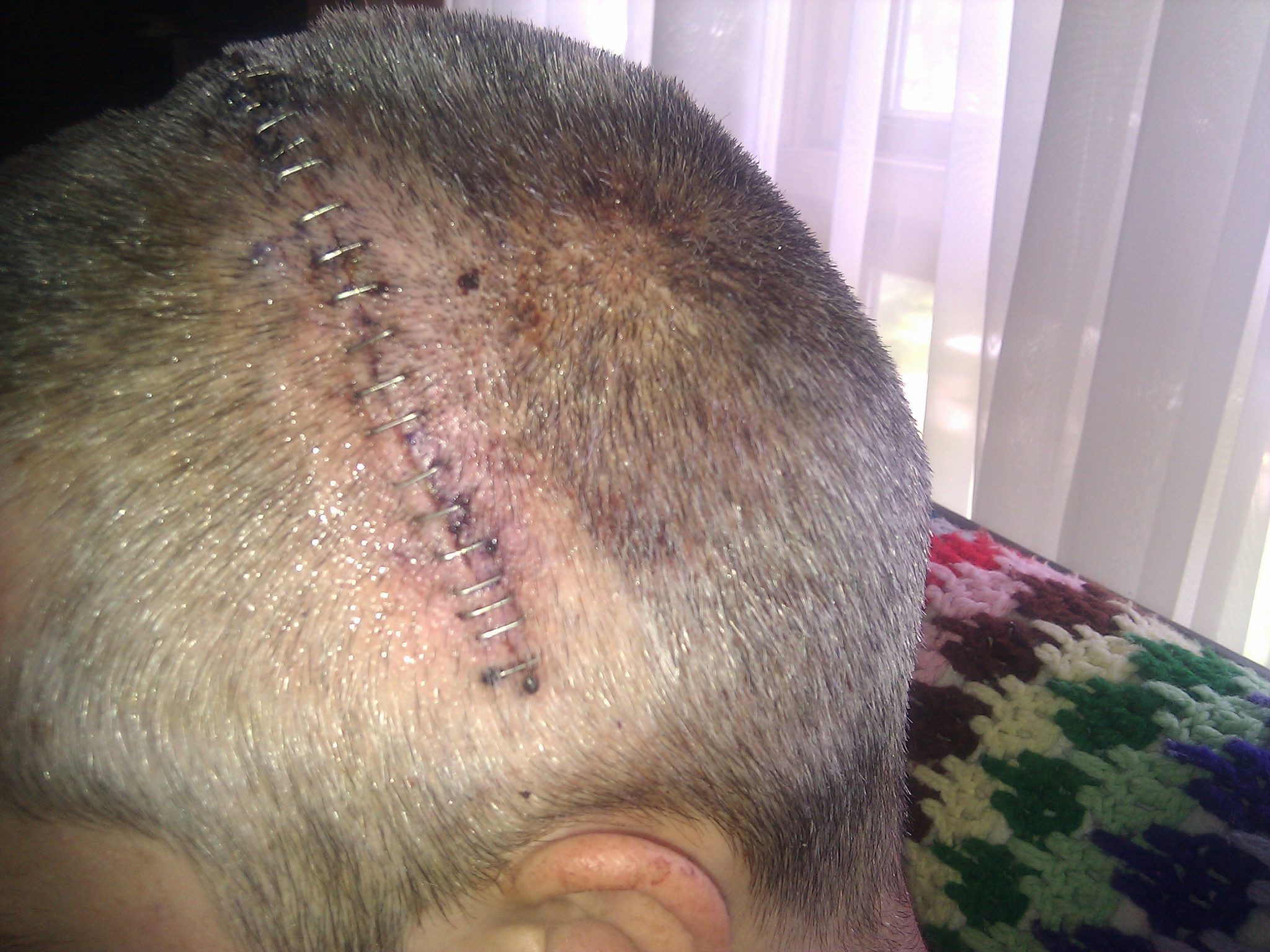
There are many reasons to surgically modify a person’s cerebrum. The evolution of cranial surgery is fascinating. Archeological finds reflect man’s attempt to fix the brain. Experts have found documents detailing many of these surgeries. Since the 19th-century neurologists have attempted various forms of psychosurgeries for multiple reasons, many were done to correct behavior-related abnormalities.
Several fictional stories have reflected psychosurgeries with mixed results. Notably, Mary Shelly’s 1818 novel, “Frankenstein” and the 1962 novel “One Flew Over the Cuckoo’s Nest” by Ken Kesey. Shelly’s iconic characters met the big screen and television numerous times ranging from dark dramas to comedies. Kesey’s book became a star-studded movie. Both storylines have scenes depicting brain surgery. One created a monster and the other left a man dead.
Unlike, Dr. Frankenstein who added a brain to his creation, Gottlieb Burkhardt claimed taking out part of the brain make people calm. He performed Topectomies on people with mental health conditions in the insane asylum he managed in the late 1880s. Using this dubious psychosurgery, Burkhart reported he was successful. His records indicate he completed six Topectomies. Two of those patients died. As far as the others little is known.
Another psychosurgery practitioner, Richard Brickner, changed a man’s personality by taking out a significant portion of his frontal lobe. Before the surgery, the man was shy and withdrawn. Afterward, his character became animated and proud, which was considered a successful result since he was a stockbroker.
On November 12, 1935, António Egas Moniz completed his first leucotomy procedure. Using a tool he invented, he injected alcohol into the frontal lobe. His patient was mentally ill who suffered from fear and jitters, of which she had a near-total recovery. She also had hallucinations, but they did not stop.
Until the early 1970s, child-molesting priests were given lobotomies as one form of treatment. Others with sexual deviation disorders, such as rapists or homosexuals, were treated with the same procedure. Many people think this is a prudent way to keep the deviants from returning to their bad behaviors.
Dr. Walter Freeman revolutionized psychosurgery by creating the “ice-pick” transorbital lobotomy. He performed over 2,500 surgeries with many successes. However, one notable failure was the lobotomy given to Rosemary Kennedy in 1941. Her family said she was mentally impaired and suffered from violent outbursts. The psychosurgery left her with few verbal skills and unable to move.
Twelve years later he lobotomized a woman suffering postpartum depression. Afterward, she spent the majority of her life in mental institutions. Her daughter contends Dr. Freeman ruined her mother’s life.
In 1960, Dr. Freeman treated Howard Dully, a 12-year-old boy. The child’s stepmom wanted a lobotomy because the young man was defiant. She told the doctor, the Dully did not respond to love or punishment, he refused to go to sleep, and he daydreamed without being able to recall what he was thinking.
Dully believes his psychosurgery was the result of his stepmother’s attempt to “get rid of” him. He and his father never discussed the lobotomy. In 2005, 57-year-old Dully explained there was no physical evidence of the surgery:
The only thing you’d notice is that I’m very tall and weigh about 350 pounds. But I’ve always felt different — wondered if something’s missing from my soul.
Dr. Freeman’s illustrious career came to a halt when Helen Mortenson died of a brain hemorrhage while undergoing the ice-pick psychosurgery in 1967.
An equally invasive, but less controversial procedure, is deep brain stimulation. The surgeon drills a hole in the head and inserts a wire that attaches to a small device, similar to a pacemaker. The surgery reduces symptoms from neurological disorders. For a person with Parkinson’s Disease, it lessens tremors. It helps patients with irrational thoughts and obsessions related to obsessive-compulsive disorder. Clinical trials have shown improvement for people suffering from chronic pain. In the past, a lobotomy was the treatment for all of these diseases.
Today, physicians continue to perform lobotomies. However, the procedures are called psychosurgery or cingulotomy. Fortunately for people with mental illnesses, brain surgery is a last resort. After all, it is not practical to strap a person down and have their brain altered simply because their conduct was deemed unacceptable.
By Cathy Milne
Sources:
ScienceBlogs: The rise & fall of the prefrontal lobotomy
US National Library of Medicine: António Egas Moniz (1874–1955): Lobotomy pioneer and Nobel laureate
NPR: A Lobotomy Timeline
NPR: ‘My Lobotomy’: Howard Dully’s Journey
Ancient Origins: 7,000-Year-Old Head Surgery: One of the Oldest Trepanned Skulls Discovered in Sudan
Brain and Neuro Surgery Information Center: History Of Brain Surgery
Featured and Top Image Courtesy of Nathanael Burton’s Flickr Page – Creative Commons License



